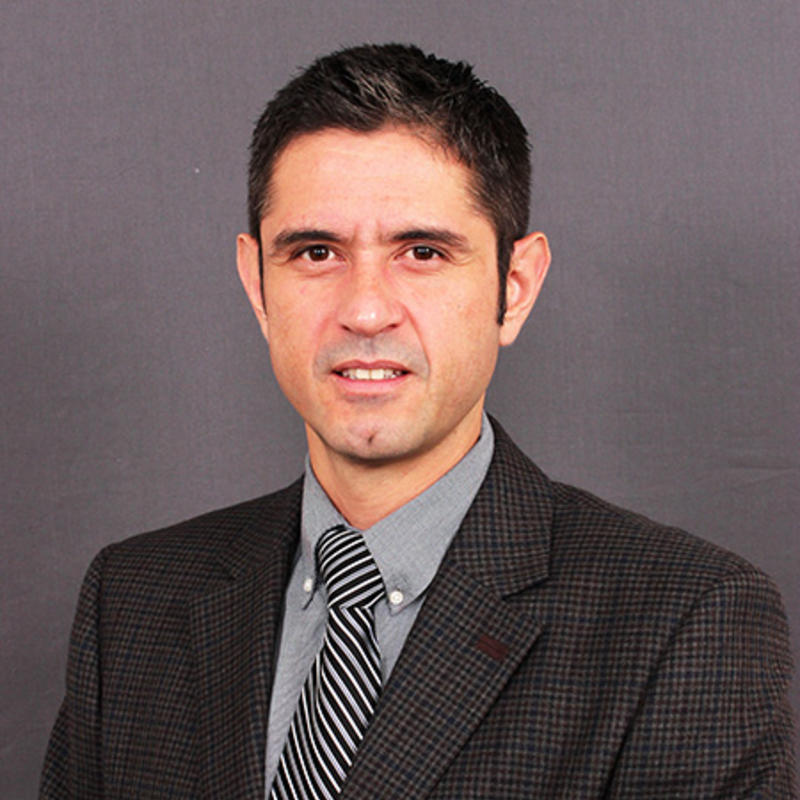
Bio
Dr. Jorge Vidal studied Medical Laboratory Science (Honors) at the University of Puebla, Mexico, and then obtained a Master Degree (Honors) in Microbiology (2001, Escuela Nacional de Ciencias Biologicas) and a PhD in Cellular Microbiology (2006, Center for Research and Advanced Studies) both from the National Polytechnic Institute in Mexico city after which he moved to the University of Pittsburgh School of Medicine were he conducted post-doctoral research in bacterial genetics (2006-2009) in the Laboratory of Professor Bruce A. McClane. Jorge was recruited by the Department of Global Health in September 2009, to work with a research group led by Professor Keith Klugman. Dr. Vidal has been working on global molecular epidemiology of bacterial pathogens and he is currently leading a research unit focused on investigating S. pneumoniae and other respiratory pathogens. He is also a visiting researcher of the respiratory diseases branch at CDC and holds adjunct faculty positions at the Emory’s Population Biology Ecology and Evolution (PBEE) graduate program and other graduate international programs. Dr. Vidal has published during his career more than 50 papers in high impact factor journals; playing the role of first or senior author in at least 30 of them. His research laboratory has been funded through grants from the NIH, BMGF, Pfizer, Cempra pharmaceuticals, Atlanta Clinical Translational Science Institute and others.
Areas of Interest
- Antibiotic Resistance
- Bioterrorism
- Infectious Disease
- Laboratory Science
- Disease Pathogenesis
Education
- PhD, Center for Research and Advanced Studies, Mexico
- Post Doct, University of Pittsburgh, School of Medicine
- MSc, National School of Biological Sciences, Mexico
- BS, Autonomous University of Puebla, Mexico
Affiliations
2009-Present. Visiting Researcher, Respiratory Pathogens Branch, Centers for Disease Control and Prevention (CDC), Atlanta, GA
2012-Present. Associate faculty member, program in Population Biology Ecology and Evolution (PBEE), Graduate Division of Biological and Biomedical Sciences (GDBBS), Emory University.
2013-Present. Associate Faculty Member, Graduate Program in Medical Sciences, University of Sinaloa School of Medicine. Sinaloa Mexico.